Bitter sweetness – chocolate
7 January, 2018

Cocoa trees are a native species for river’s valleys of South America. In the kingdom of Maya and Aztec, they were used as a currency and consumed by higher class society members in a form of bitter drink – cacahuatl – mixed with red pepper, vanilla and water. The words chocolate and cocoa come directly from Aztec language.
Chocolate arrived in Europe together with the first Spaniards in the 15th and 16th century who adjusted its unpleasant ( for European taste) flavour adding sugar, cloves, anise and oranges. They combined it with dry cocoa beans and created a thick paste. The solid block was then mixed with light corn broth what became a precursor of hot chocolate. Since then the popularity of chocolate rose rapidly, despite Catholic church objections, leading to opening the first European factories.
The next few centuries brought the further evolution of chocolate by introducing it in a solid form as well as in other variations, shapes and flavours making it one of the most popular confections worldwide.
The natural habitat for cocoa trees is a tropical area around the Equator. Western Africa is responsible for 70% of current cocoa production and Brazil is the biggest producer in the Western hemisphere. The great majority of cocoa plantations are small (plots under 4 hectares) and family led. Only around 5% of the world’s yield come from plantations over 40 hectares. Cocoa cultivation provides a livelihood for 40 -50 million farmers and their families in the southern parts of the globe. In countries like Ghana and Ivory Coast, 90% of farms rely on cocoa production.
photo: makechocolatefair.org
The cocoa trees are very sensitive to sun exposure, fungi infections and insects. For that reason, they are planted together with other trees like banana or rubber. In case of cocoa trees fail, farmers can still get alternative incomes.
The cocoa has to take a long journey from the plantation in Western Africa to land on our tables in a form of a chocolate bar. The whole process consists of these main steps:
Harvesting
Harvesting the ripe cocoa pods twice a year is the first process. Pods are open manually and cocoa beans are scooped out. Chocolate production starts immediately.
photo: permacultureghana.wordpress
Fermentation
Beans and white pulp are left to ferment for 5 to 7 days. Under the influence of the technique and skills of farmers; the flavour of the chocolate can change already at this stage. It is a crucial step in chocolate production.
photo: thechocolatejournalist
Drying
Fermented beans are left on the sun for 5 – 12 days when they lose more than 50% of their moisture. After this process cocoa is packed and exported for further processing.
photo: www.worldcocoafoundation
Roasting
The process is done by chocolate producers. The technique, equipment, time and temperature of roasts differ for every company and are a part of their (secret) recipe.
photo: theartisansforest.files.wordpress
Cracking and winnowing
Roasted beans are cracked and shells are removed – a winnowing process. A ready product is a cocoa nib.
photo: cdn.shopify
Grinding
Cocoa nibs are stone-grinded until thick paste called cocoa mass or liquor is created. Mass is pressed until all natural fat ( cocoa butter), is separated. As a result we get cocoa butter and cocoa powder used in baking, cooking and as a drink.
photo: cdn.shopify
Conching
Cocoa mass and cocoa butter are mixed together in proportions chosen by each producer. Some of them substitute butter with other, cheaper vegetable fats. At this stage, all additives and flavourings are added. Proces of stirring is called conching and can last up to few days. This process has a great influence on texture and flavour of ready chocolate.
photo: chocolateclass.files.wordpress
Tempering
Tempering is the process of controlled raising and lowering the temperature of the chocolate. As a result, it gets a shine and characteristic sound while breaking. It also helps chocolate melt evenly and at a higher temperature.
photo: gbc.blob.core.windows
Moulding
The final step is to transfer the chocolate to moulds and cool down. Ready chocolate is packed and send to the shops.
photo: www.cacao-barry.com
Dark chocolate apart from its great taste has plenty of positive effects on our health. Researchers confirm that chocolate improves brain and heart functioning, lowers blood pressure and cholesterol and helps to control the weight by slowing down digestion process and boosting fat metabolism.
The newest report of US National Oceanic and Atmospheric Administration says that chocolate may disappear by 2040 because of the climate change. Rising temperature, increased volume of mercury and not enough rain can have a great impact on cocoa plant extinction. Plans to transfer plantations hundreds of meters higher into the mountains might be not successful as they are nature reserves. African countries will have to face a dilemma whether to protect their wildlife or maintain world’s chocolate supply.
Unfortunately, chocolate has as well its bitter side. Human rights organizations and journalist are reporting that child labour and slavery is widely used during the process of harvesting on plantations, especially in Western Africa. The industry doesn’t seem to do a lot to limit these practices. Farmers and politicians instead of dealing with the situation block access to the farms for the regulatory body. It is important that we, as consumers are aware of these facts and not remain indifferent.
Chocolate is an incredible food product that most of us consume on regular basis. As you can see the process of delivering it to our shops is long, challenging and has a huge, often terrible impact on the lives of many people. What for us is just a pleasure for others is a way to survive. Next time when we enjoy our favourite confection, we should give a thought on how is it produced. The first step to change something is to gain knowledge and accept the facts.
photo: pbs.twimg.com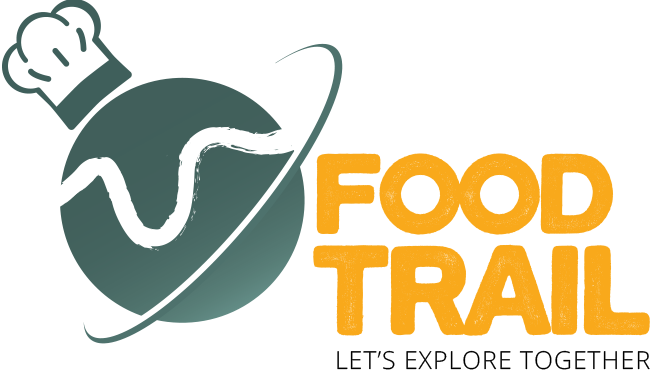
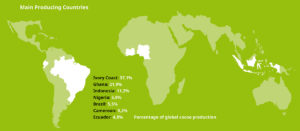
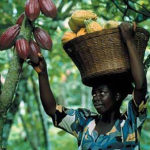
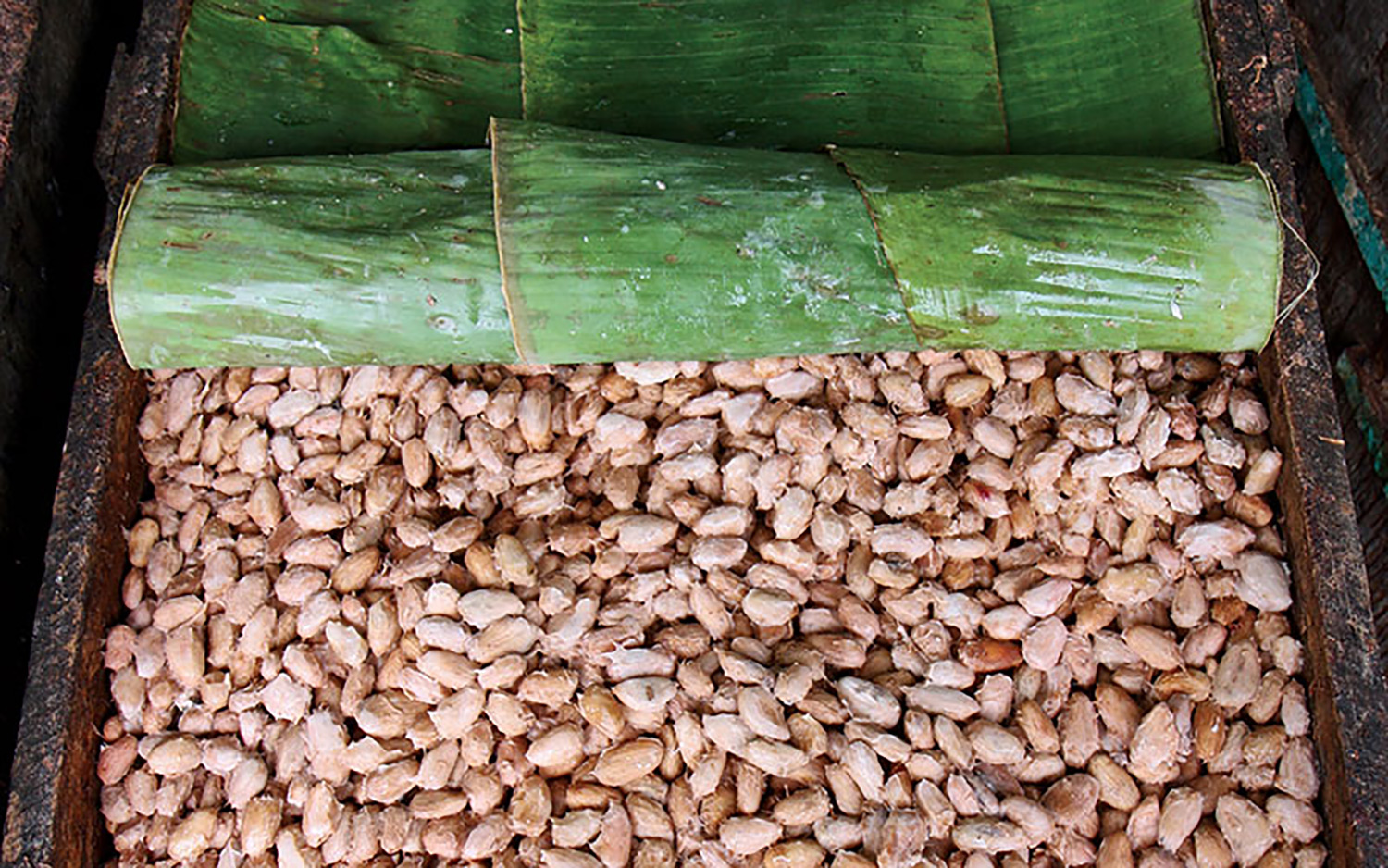
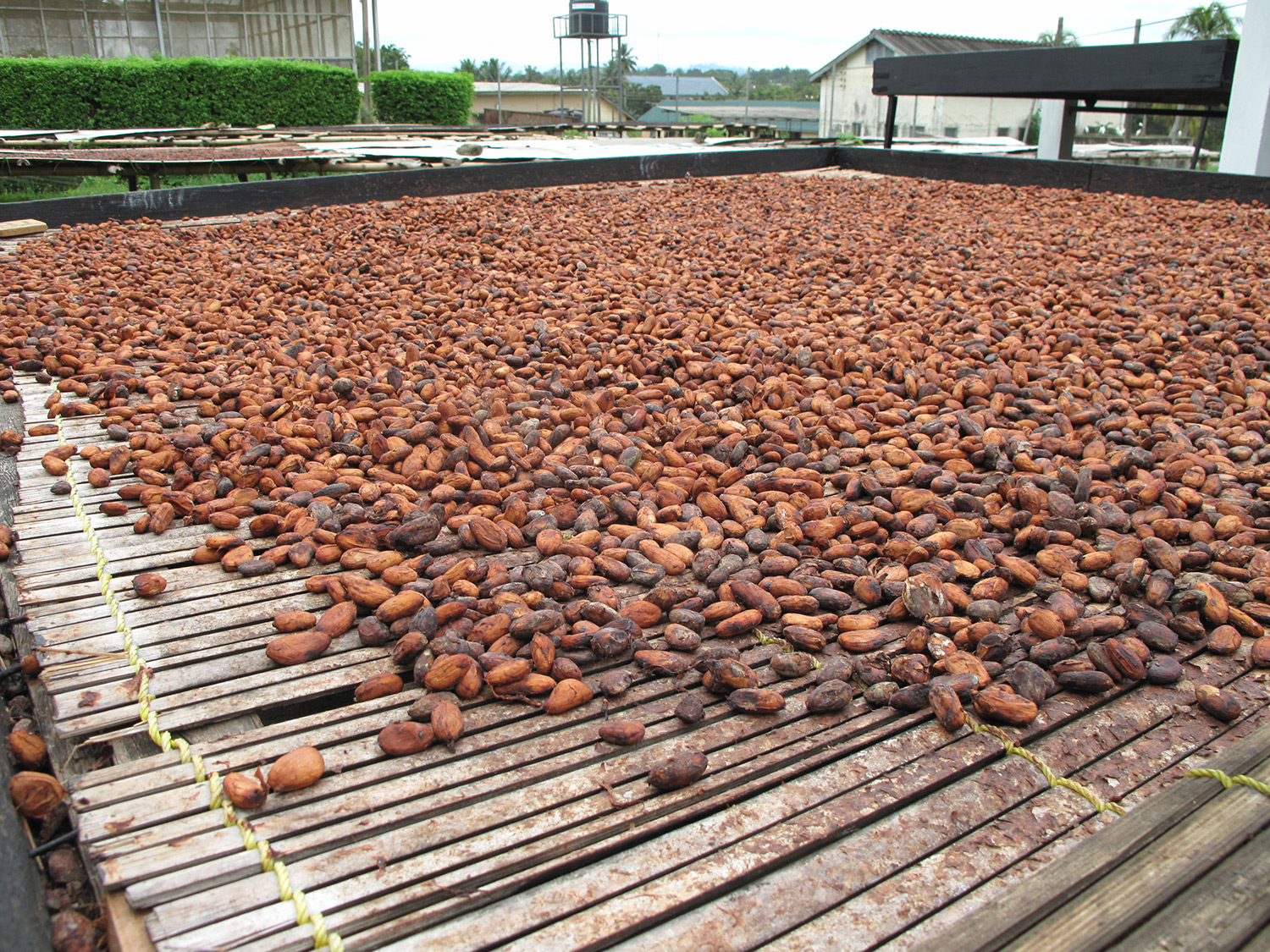

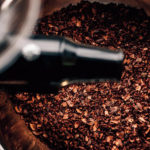
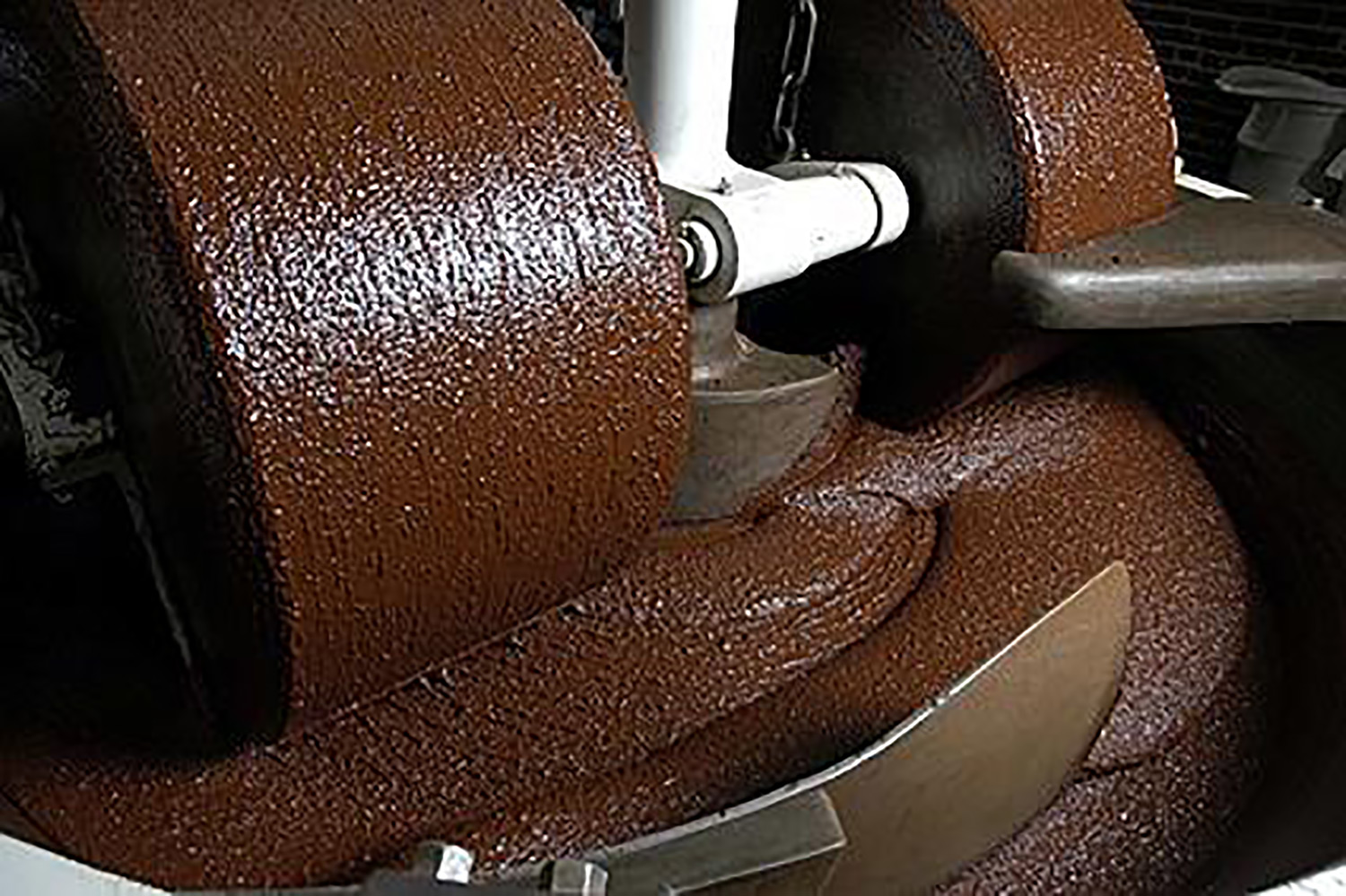
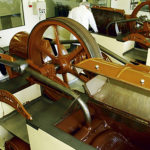
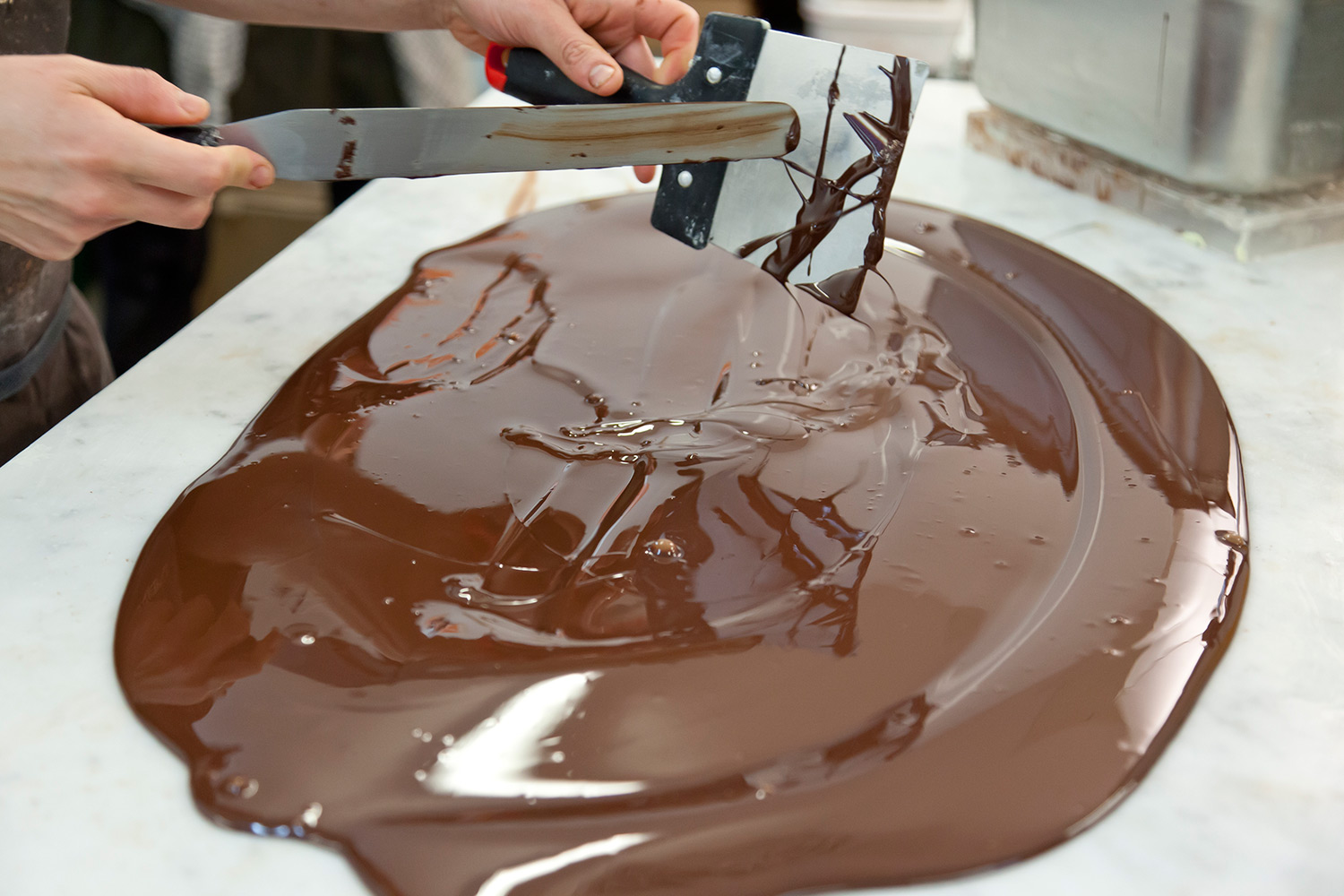
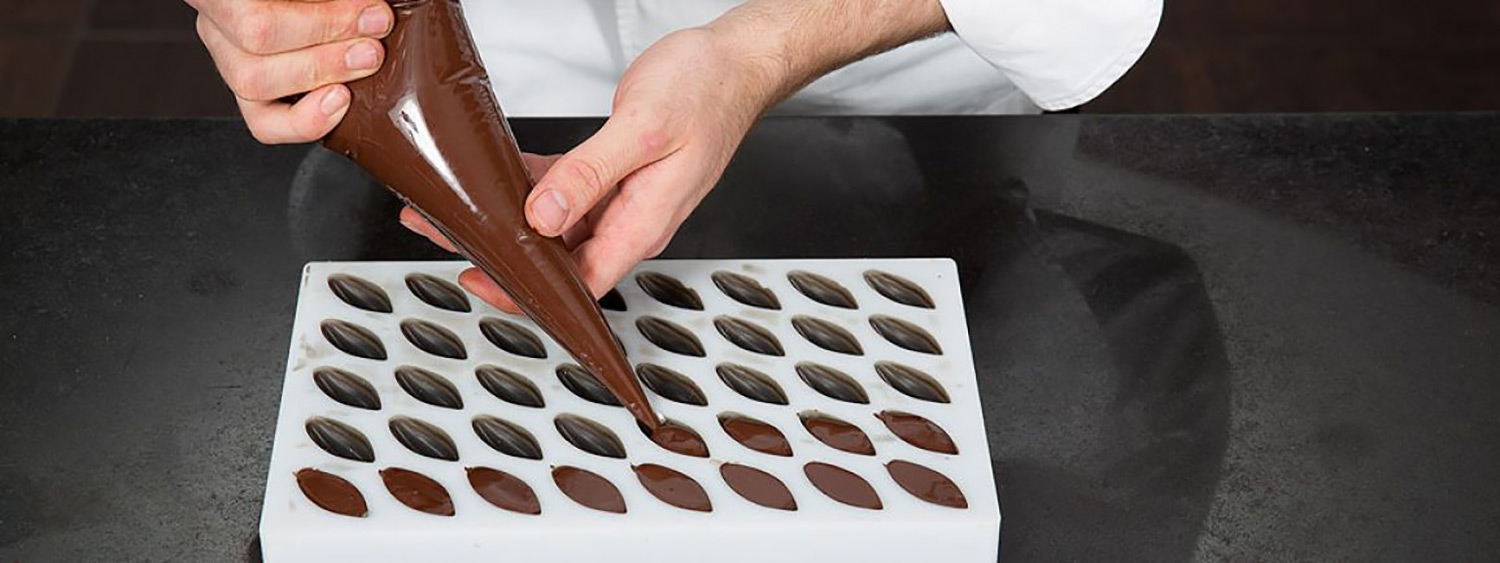
Comments